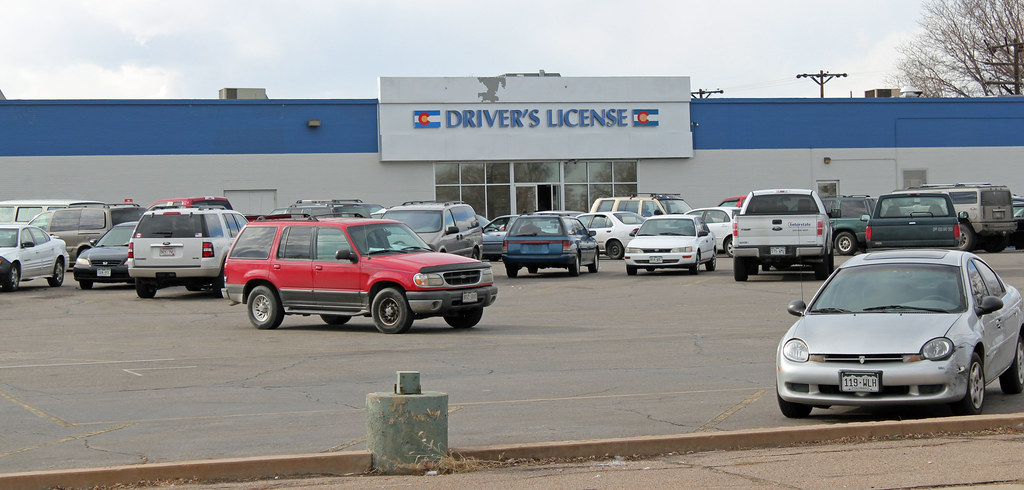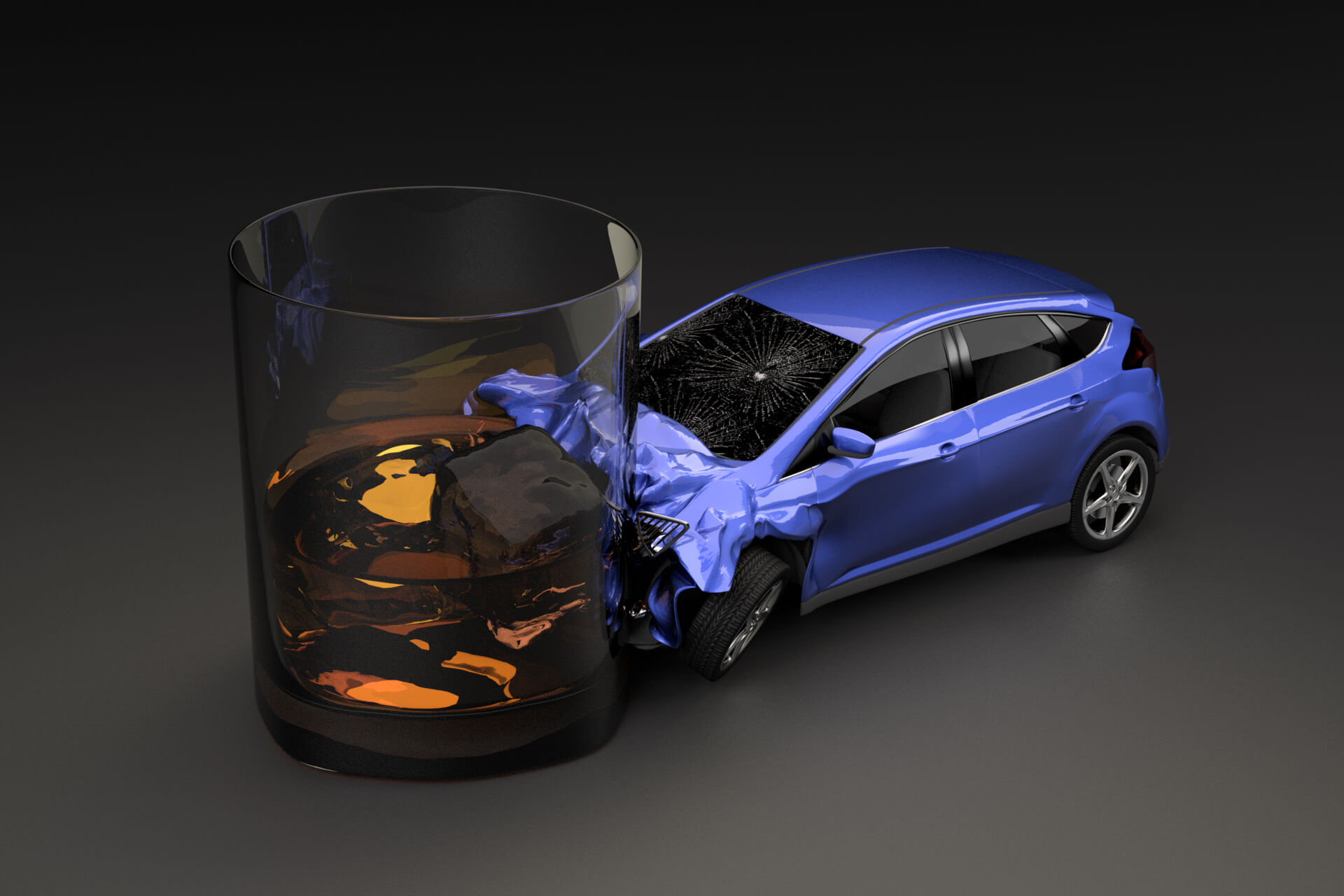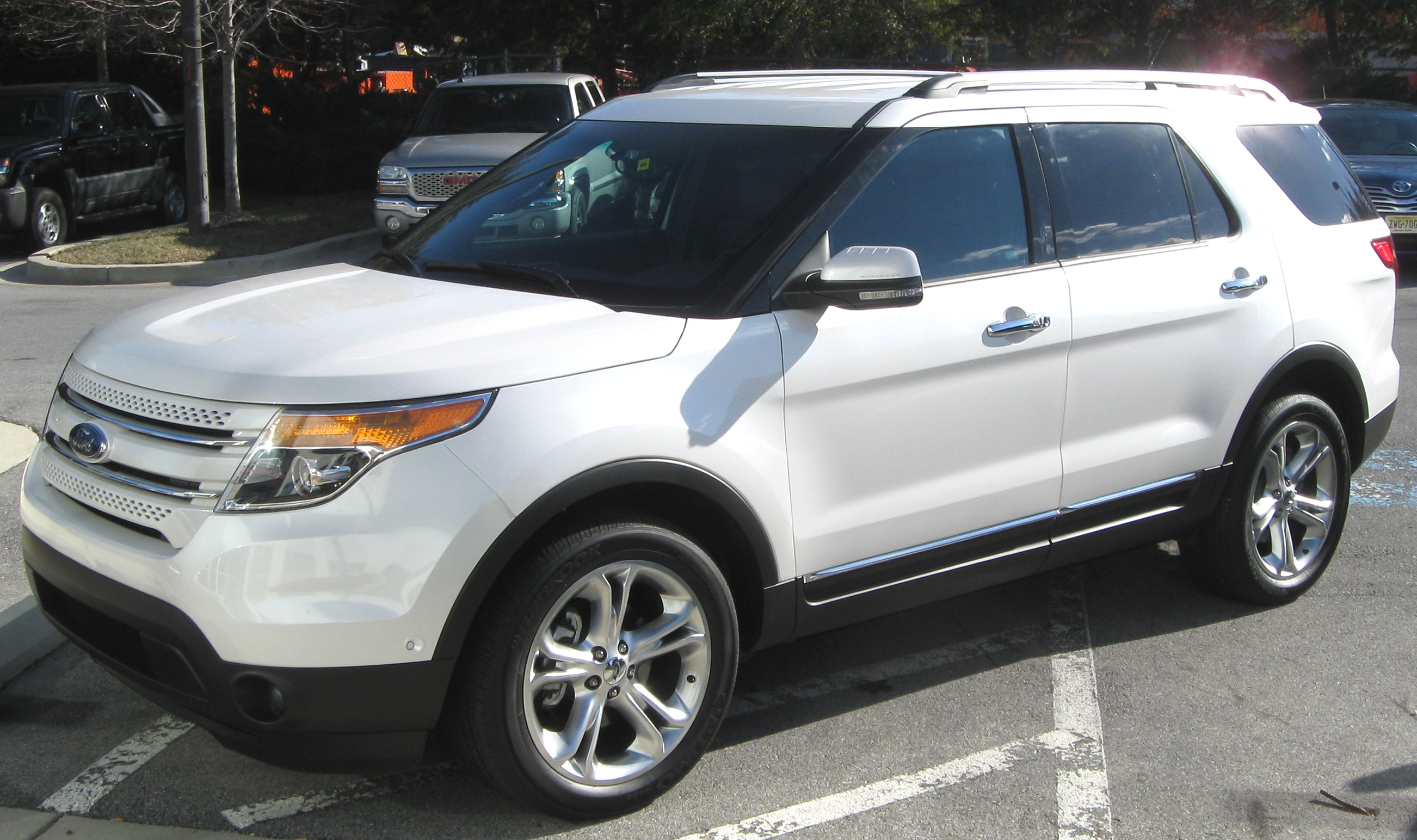
For thousands of drivers across California each year, the prospect of a suspended license isn’t just a distant possibility—it’s a challenging reality that significantly impacts daily life, from commuting to work to fulfilling personal responsibilities. Navigating the intricate system of the California Department of Motor Vehicles (DMV) can feel daunting, especially when faced with the temporary withdrawal or complete cancellation of your driving privileges. Understanding the exact reasons behind these actions is the first, crucial step toward protecting your freedom on the road or regaining it if it has been lost.
Driving, as state law often reminds us, is a privilege, not an inherent right. The DMV wields substantial authority to suspend or revoke this privilege under a variety of circumstances, ranging from serious traffic infractions to non-driving-related legal issues. While many drivers use the terms ‘suspended’ and ‘revoked’ interchangeably, they carry distinct meanings under California law. A suspension temporarily withdraws your driving privileges for a set period or until certain conditions are met, allowing for reinstatement after fulfilling requirements and paying a fee. A revocation, on the other hand, is a more severe action, canceling your driving privileges entirely and often requiring a complete reapplication for a new license, including retaking driving tests and demonstrating full compliance with legal and safety requirements.
To help you stay informed and prepared, we’re taking a deep dive into the most prevalent causes for driver’s license suspension in California. By understanding these key reasons, you can take proactive steps to avoid common pitfalls, address existing issues effectively, and appreciate the critical importance of responsible driving and adherence to state regulations. Let’s explore the initial set of compelling reasons that can lead to the temporary loss of your driving privileges.

1. **Driving Under the Influence (DUI) of Alcohol or Drugs**One of the most widely recognized and severe reasons for a California driver’s license suspension is a conviction for driving under the influence (DUI) of alcohol or drugs. California’s laws are exceptionally strict when it comes to operating a vehicle with an excessive blood alcohol concentration (BAC) or under the influence of narcotics. Both the DMV and local courts are empowered to take separate, often simultaneous, actions against an individual arrested on suspicion of DUI, leading to immediate administrative suspensions even before a court conviction.
Upon arrest for a DUI, law enforcement officers are authorized to immediately confiscate your physical license and issue an ‘Order of Suspension.’ This order typically grants you a temporary driving privilege for only 30 days, after which the administrative suspension or revocation automatically takes effect. This immediate action, known as an Administrative Per Se (APS) suspension, is distinct from any criminal penalties imposed by the court and can be triggered simply by failing or refusing a chemical test, or by testing above the legal BAC limit.
The duration of a DUI-related license suspension in California is heavily dependent on the specifics of the offense, including whether it’s a first-time or repeat incident, and the measured BAC level. A first-time DUI conviction for a driver over 21 with a BAC of .08 percent or more generally results in a six-month license suspension. However, if the BAC is .15 percent or more, or if other existing violations are on record, a nine-month DUI program may be mandated, potentially extending the impact. For a BAC level of .20 percent or more, the suspension can be 10 months, requiring an enhanced DUI treatment course.
Repeat offenders face much harsher consequences. A second DUI conviction can lead to a one-year license revocation, while subsequent convictions can result in the loss of driving privileges for as long as 10 years. In cases where a DUI-related car accident causes injury, drivers will face a suspension of one year, underscoring the severe risks and legal repercussions associated with impaired driving.
To reinstate your driving privileges after a DUI suspension, motorists are typically required to complete a court-ordered DUI treatment program, present proof of SR-22 insurance (a certificate of financial responsibility), and pay the allotted reissue fees to the DMV. In some instances, particularly for repeat offenders, the installation of an ignition interlock device (IID) in the vehicle may also be mandated, which prevents the car from starting if alcohol is detected on the driver’s breath.
Read more about: Don’t Lose Your License: Navigating the Complexities of Parking Tickets and License Suspension

2. **Accumulating Excessive Points on Your Driving Record**California employs a comprehensive point system, known as the Negligent Operator Treatment System, to monitor and address dangerous or risky driving behaviors. This system assigns points for various traffic violations and at-fault collisions, with the accumulation of too many points within a specific timeframe triggering a license suspension. It serves as a crucial mechanism for identifying and penalizing habitual traffic offenders, thereby promoting overall road safety for everyone.
Each traffic offense carries a designated point value based on its severity. For example, most traffic convictions or at-fault collisions are considered 1-point violations, while more serious infractions such as hit-and-run, reckless driving, or DUI offenses are designated as 2 points. These points are tallied on your DMV driving record, and crossing certain thresholds within set periods will prompt the DMV to take action against your license.
Specifically, the DMV will suspend your license for six months if you accumulate four points within a 12-month period. The thresholds extend to six points within a 24-month period or eight points within a 36-month period, both of which will also result in a six-month license suspension. Reaching these point totals classifies you as a “negligent operator,” indicating a pattern of unsafe driving that warrants intervention to protect other motorists on the road.
If you find yourself accumulating points, there are sometimes options to mitigate the impact. For certain 1-point violations, you may have the opportunity to attend a DMV-authorized traffic school. Successfully completing such a course, typically allowed once in an 18-month period, can result in the citation being removed from your driving record, thus preventing those points from contributing to a potential suspension. Monitoring your driving record regularly is a proactive step to keep track of your point count and address any issues promptly.
Read more about: Don’t Lose Your License: Navigating the Complexities of Parking Tickets and License Suspension

3. **Failure to Appear in Court or Pay Traffic Tickets/Fines**Ignoring traffic citations or neglecting court orders related to traffic offenses can lead to a surprisingly swift and impactful driver’s license suspension. In California, if you fail to appear in court as commanded or neglect to pay a traffic ticket or other court-imposed fine, the court has the authority to notify the DMV, which can then proceed to suspend your license. This administrative action is designed to ensure compliance with legal obligations and prevent drivers from simply sidestepping their responsibilities.
Many drivers are caught off guard by suspensions stemming from unpaid fines or missed court dates, often due to forgetting a deadline or being unaware of an outstanding payment. When you receive a traffic ticket, it usually specifies a court date or a deadline for payment. Neglecting these instructions can initiate a chain of events, with the court issuing a ‘Failure to Appear’ (FTA) notice to the DMV. This notice acts as a directive for the DMV to suspend your license until the underlying issue is resolved.
The consequences of failing to appear in court or pay fines extend beyond just a license suspension. An FTA can sometimes lead to an arrest warrant being issued, compounding the legal challenges you face. While a suspension for failure to pay can typically be lifted once all outstanding fines are settled, resolving an arrest warrant often requires direct engagement with the court before license reinstatement becomes a possibility.
To avoid this predicament, it is essential to address all traffic citations promptly. Whether you choose to plead guilty and pay the fine, contest the ticket in court, or set up a payment plan if unable to pay the full amount, proactive communication and adherence to court instructions are key. The DMV will keep your license suspended until you demonstrate compliance by appearing in court or settling all outstanding financial obligations associated with the citation.

4. **Driving Without Proper Insurance Coverage**In California, maintaining valid automobile insurance is not merely a suggestion; it is a mandatory legal requirement for all drivers. Operating a vehicle without proper insurance coverage not only exposes you and other motorists to significant financial risk in the event of an accident but also constitutes a serious infraction that can directly lead to a driver’s license suspension. The DMV requires proof of financial responsibility, and any lapse in this coverage can trigger severe consequences.
If you are pulled over by law enforcement and found to be driving without proof of insurance, you can face substantial fines, typically up to $500 for a first offense. However, the penalties escalate significantly if you are involved in an accident while uninsured. In such a scenario, your license can be immediately suspended until adequate documentation of insurance coverage is provided and verified. This emphasizes the critical importance of continuous coverage, not just when you expect to be checked.
Even a lapse in your insurance policy, where your coverage temporarily ceases, can result in a suspension. Insurance companies are often required to notify the Department of Motor Vehicles when a policy is terminated or lapses. Upon receiving such notification, the DMV can initiate a suspension process, regardless of whether you were actively driving without coverage at the time. This underscores the need to ensure your insurance policy remains active and meets California’s minimum coverage requirements.
Reinstating a license suspended for lack of insurance typically involves providing immediate proof of continuous coverage. This often means obtaining an SR-22 form, which is a certificate of financial responsibility that your insurance company must file with the DMV, confirming that you carry the legally mandated minimum coverage. This SR-22 must be maintained for a specified period, and any lapse during this time can lead to renewed suspension, making it generally more costly than standard insurance policies due to the increased oversight required.
Read more about: Your Ultimate Guide: 14 Critical Car Rental Mistakes Abroad (And How to Dodge Them!)

5. **Refusing a Required Chemical Test**When law enforcement officers pull you over on suspicion of driving under the influence (DUI) in California, state law mandates that you submit to a chemical test designed to detect the presence of alcohol or drugs in your system. This requirement falls under what is known as ‘implied consent’ – by obtaining a driver’s license, you implicitly agree to such testing if lawfully requested by an officer. Refusing to comply with this legal obligation carries its own distinct and severe penalties, separate from any conviction for DUI itself.
If you refuse to take a chemical test in California when lawfully requested, your driver’s license will be automatically suspended by the DMV. This suspension is an administrative consequence of your refusal, regardless of whether you are ultimately found guilty of DUI in court. The act of refusal itself is considered a serious breach of implied consent laws, demonstrating a lack of cooperation with law enforcement and an attempt to evade assessment of your sobriety.
The duration of this suspension varies depending on your driving history. A first-time refusal to submit to a chemical test will result in a one-year license suspension. For a second offense, the revocation period may extend to two years, and for a third or subsequent offense, you could face a three-year revocation of your driving privileges. These significant penalties highlight the state’s stringent stance on impaired driving and the importance placed on the ability of law enforcement to assess a driver’s condition.
It is important to understand that an administrative suspension for refusing a chemical test is separate from any court-imposed penalties. You may still face DUI charges and their associated consequences, even if your license is suspended solely for the refusal. To address such a suspension, you would typically need to serve the full suspension period and fulfill any other reinstatement requirements imposed by the DMV, which may include obtaining SR-22 insurance and paying reissue fees, similar to those for a DUI conviction.
Read more about: Buyer Beware! Is Your Fitness Tracker Refusing to Charge? 15 Fixes Before You Toss It!

6. **Alcohol in the Vehicle when the Driver is Under 21 (Zero Tolerance Law)**California has specific and stringent laws regarding alcohol possession and consumption for individuals under the age of 21, particularly when it comes to motor vehicles. Under California Vehicle Code 23224 VC, it is explicitly unlawful for a person under 21 to drive a motor vehicle containing alcohol, or even to possess alcohol while riding as a passenger in a motor vehicle. This is part of the state’s broader ‘Zero Tolerance Law’ for underage alcohol use, reflecting a strong commitment to preventing underage drinking and driving.
The Zero Tolerance Law for Alcohol Use means that if you are under 21 and are caught with a blood alcohol level of .01 percent or more while driving, your license will be suspended. Unlike drivers over 21, where the legal limit is .08 percent, any detectable amount of alcohol can trigger severe penalties for underage drivers. This low threshold emphasizes the state’s intention to discourage any alcohol consumption by minors who are operating a vehicle.
A conviction under Vehicle Code 23224 VC for possessing alcohol in a vehicle while underage can result in a significant one-year driver’s license suspension. Beyond the loss of driving privileges, you may also face a 30-day impoundment of your motor vehicle, adding further inconvenience and financial burden. These penalties are designed to act as strong deterrents, reinforcing the seriousness with which California treats underage alcohol offenses related to driving.
To regain driving privileges after a suspension under the Zero Tolerance Law, an underage driver will need to serve the full suspension period and pay a specific reissue fee, which is currently set at $100 for those suspended under this law. This particular type of suspension underscores the heightened responsibility placed on young drivers and the severe consequences that can arise from even minor deviations from alcohol laws while behind the wheel.

7. **Failure to Pay Child Support**Beyond traffic-related infractions, your driver’s license can be suspended for failing to meet other significant legal responsibilities, such as child support payments. In California, this is a serious matter, and if you become 30 days or more past due on your child support obligations, the Department of Child Support Services is authorized to request that the DMV suspend your license. This measure is implemented to ensure compliance with vital family support agreements.
Upon receiving such a request, the DMV won’t immediately suspend your license. Instead, they will issue you a notice, providing a crucial 150-day window to settle the outstanding amount. This grace period is an important opportunity to address the debt and prevent the suspension from taking effect. However, if the payment isn’t made within this timeframe, the DMV will proceed with the suspension, and your driving privileges will remain withdrawn until the full amount due is paid.
This type of suspension highlights the broad authority the state holds over driving privileges, extending beyond merely how you operate a vehicle. It underscores that driving is indeed a privilege that can be impacted by a range of legal and financial obligations. To avoid the significant disruption this can cause to your daily life, it’s essential to stay on top of all financial responsibilities, especially those as critical as child support.
Reinstatement for a child support-related suspension typically involves demonstrating full compliance, meaning the past-due amount must be paid in full. Once proof of payment is verified by the Department of Child Support Services and communicated to the DMV, steps can be taken to lift the suspension. This process ensures that individuals are incentivized to meet their responsibilities, ultimately benefiting families.
Read more about: Wrestling Legends Gone Too Soon: Tragic Early Departures from the Squared Circle

8. **Having a Physical or Mental Disorder**While we often focus on actions behind the wheel, a driver’s physical and mental fitness to operate a vehicle safely is paramount. California law recognizes this, and certain medical conditions or cognitive impairments can unfortunately lead to a driver’s license suspension or restriction. This isn’t about punishment; it’s about ensuring the safety of all motorists and pedestrians on the road by preventing individuals from driving if their health compromises their ability to do so responsibly.
The range of conditions that can prompt DMV intervention is quite broad, encompassing both physical and mental health challenges. For instance, the context specifies conditions such as Alzheimer’s, schizophrenia, bipolar disorder, post-traumatic stress disorder (PTSD), dementia, diabetes, lapses of consciousness, and seizures. Vision impairments like cataracts and muscular degeneration are also noted as potential concerns. If these conditions affect your capacity to drive safely, the DMV may require medical evaluations to assess your fitness.
If the DMV determines that a medical or mental condition poses a significant risk to driving safety, they may issue an indefinite suspension. This means your license will remain suspended until you can provide satisfactory documentation, such as a Driver Medical Evaluation or other medical information, proving that your condition is either managed, resolved, or no longer impairs your driving ability. The goal is always to protect public safety while allowing individuals to drive if they can do so without undue risk.
It’s crucial for drivers with evolving medical conditions to be proactive. Open communication with your doctor and the DMV, along with providing accurate medical information, can help manage potential restrictions or suspensions. Understanding these criteria can help you navigate the system effectively and ensure that you are driving safely, both for yourself and for everyone else on the road.
Read more about: Unpacking the Method: The Extreme Techniques and Divisive Practices of Method Acting That Sparked On-Set Drama

9. **Driving with an Already Suspended or Revoked License**Perhaps one of the most self-defeating reasons for deepening your driving troubles is getting caught driving when your license is already suspended or revoked. Many drivers are aware that this is a serious offense, but the repercussions are often far more severe than simply the initial suspension. It’s a violation that demonstrates a disregard for the legal system and for the privileges that come with holding a valid driver’s license.
When you are pulled over and found to be operating a vehicle with a license that has already been suspended or revoked, the penalties in California are significant and escalate quickly. This isn’t just about another traffic ticket; it’s a criminal offense. You could face substantial fines, with penalties potentially ranging from $300 to $2,000, depending on the specifics and severity of the violation. These financial burdens can be quite heavy, especially when combined with other legal costs.
Beyond monetary fines, the consequences for driving on a suspended or revoked license often include an extension of your existing suspension period, meaning you’ll be off the road for even longer. For repeat offenders or in more serious cases, there’s also the possibility of jail time, with some individuals facing up to six months. Furthermore, law enforcement has the authority to impound your vehicle, adding another layer of expense and inconvenience as you’ll be responsible for towing and storage fees.
Avoiding this particular pitfall is straightforward: do not drive if your license is suspended or revoked. It’s imperative to resolve the initial reason for the suspension and complete all reinstatement requirements before getting back behind the wheel. The added penalties for driving illegally are simply not worth the risk and can significantly prolong the process of regaining your legal driving privileges.
Read more about: Don’t Lose Your License: Navigating the Complexities of Parking Tickets and License Suspension

10. **Using a Fake, Altered, or Invalid License**Attempting to circumvent driving laws or age restrictions by using fraudulent identification is a serious offense that can lead to an immediate driver’s license suspension. This isn’t just about being pulled over for a traffic infraction; it encompasses a range of deceptive actions, such as presenting a fake or altered license, using an expired one, or trying to pass off another person’s license as your own. Such actions are viewed with extreme gravity by authorities.
The implications extend beyond just driving. Even if you are not operating a vehicle, getting caught with an invalid license can result in the suspension of your actual driving privileges. For instance, if an individual under the legal drinking age attempts to use a fake ID to purchase alcohol, their legitimate driver’s license can be suspended, in addition to facing criminal charges related to the forgery or misrepresentation. This underscores the broad reach of these regulations.
Using an invalid license, whether it’s expired, fake, or belonging to someone else, signals a clear intent to mislead or break the law. This behavior not only undermines the integrity of the licensing system but also poses potential safety risks if the individual is not truly qualified or legally permitted to drive. The DMV takes these matters very seriously, as they directly impact public trust and safety on our roads.
If you find yourself in a situation involving an invalid license, the best course of action is to address it transparently and legally. Engaging in deceptive practices only leads to more severe penalties and prolongs the period during which your actual license may be suspended. Always ensure your license is valid, current, and genuinely yours when presenting it to authorities or for identification purposes.
Read more about: Vehicles of Scrutiny: Unpacking the Controversies and Illusions Behind Public Persona and Perilous Rides

11. **Reckless Driving (Serious Offense)**While accumulating points for various traffic violations can lead to suspension, certain offenses are so severe that they warrant immediate or significant license suspension as standalone actions. Reckless driving falls squarely into this category. It’s not merely a speeding ticket; it involves operating a vehicle with a wanton disregard for the safety of persons or property, making it a high-risk behavior that poses an immediate threat to everyone on the road.
In California, reckless driving is taken very seriously. It’s often classified as a 2-point violation under the Negligent Operator Treatment System, but its consequences extend far beyond just adding points. It can be considered a criminal conviction leading to suspension, especially if it results in injury. The state is committed to removing dangerous drivers from the road, and reckless behavior is a clear indicator of such a risk.
A first conviction for reckless driving can, in many states including California, result in a license suspension, often for a period such as 30 days. This immediate consequence highlights the gravity of the offense, signaling that the behavior is unacceptable and will not be tolerated. The length of the suspension can vary based on the specific jurisdiction and the severity of the reckless act, especially if aggravating factors like causing injury are present.
To avoid this significant and dangerous pitfall, drivers must prioritize safe and responsible conduct behind the wheel. Adhering to traffic laws, maintaining appropriate speeds, and avoiding aggressive maneuvers are critical. Reckless driving is not only a legal issue but a moral imperative to protect the lives and well-being of others sharing the road. Its consequences are a stark reminder of the responsibilities that come with holding a driver’s license.

12. **Conviction for a Drug Offense (Even if Not Driving)**It might seem counterintuitive, but your driver’s license can be suspended for drug-related offenses even if you weren’t operating a vehicle at the time of your arrest. While driving under the influence (DUI) of drugs is a direct cause for suspension, many jurisdictions, including parts of California, extend license penalties to broader drug convictions, regardless of whether a vehicle was involved in the offense. This demonstrates how seriously the legal system views drug-related activities.
This particular type of suspension is often a result of legislative measures designed to deter drug use across the board, using driving privileges as leverage. It means that if you are convicted of certain drug offenses, such as possession or distribution, your ability to drive legally could be temporarily withdrawn. The link might not be direct to driving safety, but it’s a powerful tool for law enforcement to enforce drug laws and impose additional consequences.
The specific duration and conditions of a license suspension for a non-driving drug offense can vary depending on the nature of the conviction and the state’s laws. Reinstatement typically involves serving the full suspension period and potentially paying specific fees, such as the $24 drug suspension fee mentioned in the context for California. These fees contribute to the administrative costs associated with managing such suspensions.
Understanding this broad reach of drug laws is crucial for all individuals, not just drivers. It serves as a potent reminder that legal troubles, even those seemingly unrelated to driving, can have a profound impact on your mobility and daily life. Staying clear of drug offenses is not only essential for your health and legal standing but also for preserving your driving privileges.

13. **Underage Truancy or School Dropout**For young drivers, the responsibilities associated with a license extend beyond just obeying traffic laws. California has specific regulations for underage drivers that link academic compliance with driving privileges. In a unique approach to encourage educational attendance and completion, underage drivers can face license suspension for issues related to truancy or dropping out of school. This policy reinforces the idea that driving is a privilege earned through responsible behavior, both on and off the road.
This specific type of suspension typically applies to drivers under the age of 18 or 21, depending on the state’s specific laws regarding truancy. If a minor is deemed habitually truant by school authorities, or if they formally withdraw from school before graduating, the school system can notify the DMV, triggering a process that may lead to the suspension of their provisional driver’s license. It’s a mechanism designed to encourage young people to stay in school and achieve their educational goals.
The rationale behind such laws is multifaceted. It aims to reduce dropout rates, keep young individuals engaged in productive activities, and instill a broader sense of responsibility. Losing driving privileges can be a significant motivator for teenagers, as it directly impacts their independence and social life. The temporary withdrawal of a license in these scenarios serves as a strong incentive for compliance with educational requirements.
To regain driving privileges after a suspension for truancy or dropping out of school, an underage driver would typically need to provide proof of school enrollment, improved attendance, or, in some cases, a high school diploma or GED. This emphasizes the state’s commitment to youth development and using all available tools to support academic success, ultimately benefiting both the individual and society as a whole.
***
Navigating the labyrinth of California’s DMV regulations can feel overwhelming, especially when the threat or reality of a suspended license looms large. As we’ve explored the thirteen most common reasons, from serious traffic offenses like DUI and reckless driving to administrative failures like unpaid fines or child support, and even non-driving related issues such as certain medical conditions or drug convictions, a clear pattern emerges: driving is a privilege that comes with significant responsibilities.
Protecting your driving privileges starts with awareness and proactive adherence to all state laws and regulations. This includes maintaining valid insurance, promptly addressing traffic citations, understanding the point system, and ensuring all legal and financial obligations are met. For young drivers, it even extends to staying in school. Should you find your license suspended, remember that understanding the specific reason is your first step toward resolution. There are processes for reinstatement, often involving fees, court-ordered programs, or proving compliance with various requirements.
Ultimately, the goal of these regulations is to ensure safer roads for everyone. By understanding the common pitfalls that can lead to a suspended license and taking responsible action, you can avoid unnecessary stress, maintain your mobility, and continue to enjoy the freedom that comes with driving. Drive informed, drive responsibly, and keep those wheels turning legally!



